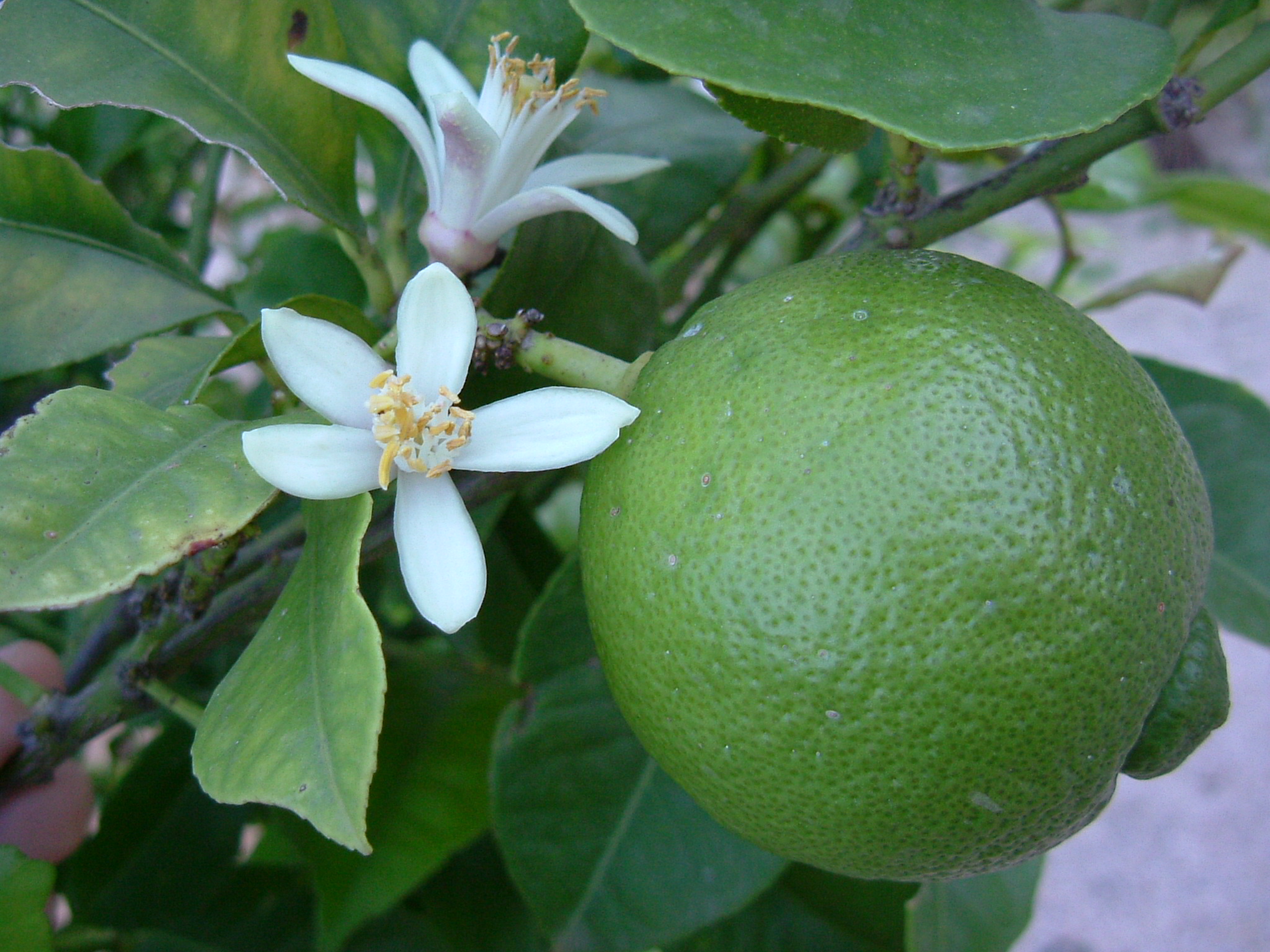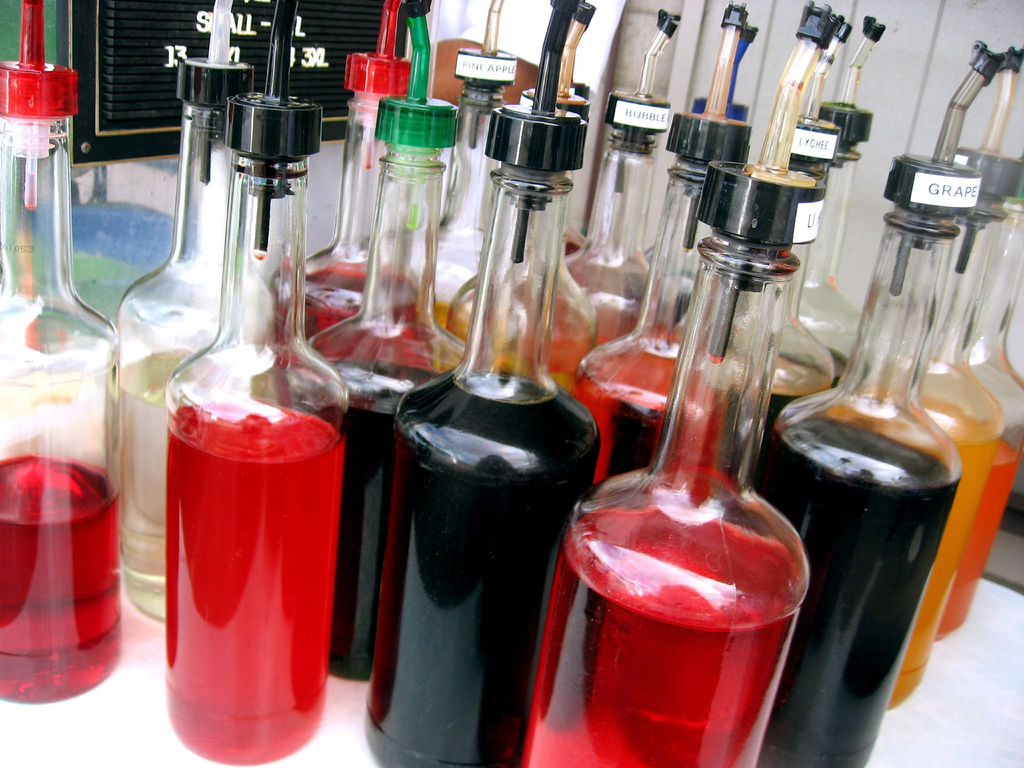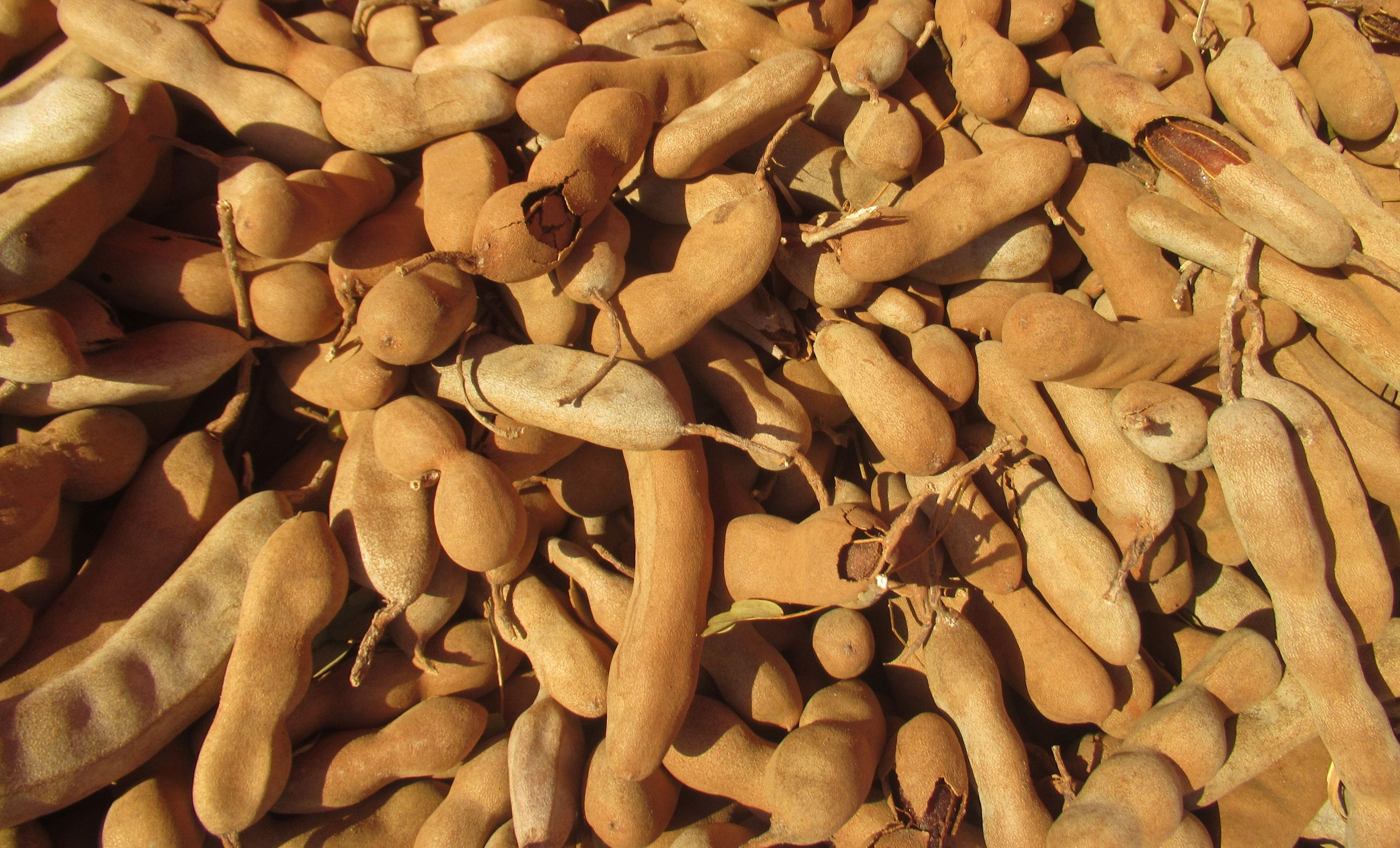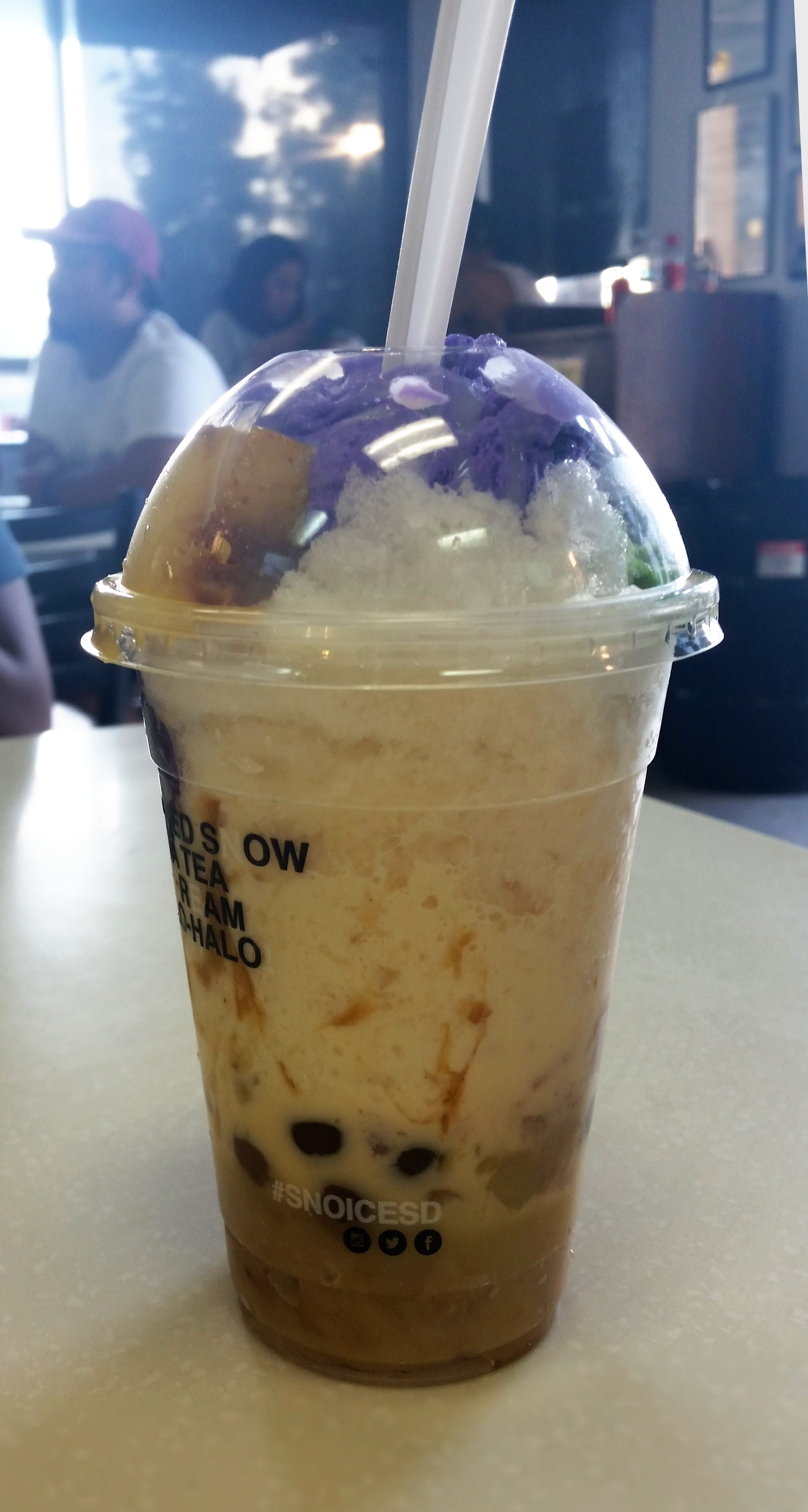|
Mangonada
Chamoyada is a sweet and spicy type of shaved ice, or ''raspado'', drink prepared with fruit and flavored with chamoy. It is a part of Mexican cuisine, and is also common in regions of the United States with significant Mexican-American populations. The drink is most commonly prepared with mango sorbet or mango-flavored shaved ice, and thus is sometimes also called a mangonada or chamango. The drink is essentially a combination of chamoy sauce, shaved ice (or ice cream or sorbet, depending on the preparation), chili powder, and fruit chunks. In certain variations, a whole fruit popsicle, or '' paleta'', is added to the drink and mixed with the shaved ice. The drinking straws served with chamoyadas often have tamarind candy on the outside. Different flavors of chamoyadas can include fruits like mango, lemon, guava, tamarind, pineapple, and strawberry. See also * Burong mangga * Cholado * Halo-halo References Where to find chamango, the chilled Mexican fruit drink, in L.A. '' ... [...More Info...] [...Related Items...] OR: [Wikipedia] [Google] [Baidu] [Amazon] |
Chamoy (Sauce)
Chamoy () is a variety of savory sauces and condiments in Mexican cuisine made from pickled fruit. Chamoy may range from a liquid to a paste consistency, and typically its flavor is salty, sweet, sour, and spiced with chili pepper, chilies. Preparation Mexican chamoy is prepared by first packing the fruit in a brine solution. Occasionally, this brine is acidified with vinegar. This draws out the natural moisture of the fruit by osmosis. When the fruit has been sufficiently dried, it is separated from the brine and is sold as a snack known as saladitos, literally 'little salty things.' Meanwhile, the salted fruit brine created in this process is seasoned to taste with chili pepper, chili powder, becoming chamoy. This liquid may be further reduced, or thickened with pureed fruit, to achieve a variety of consistencies. Because of differences in the type of fruit chosen and the composition of the brining solutions used, chamoy can vary widely in taste. Most are quite savory and spic ... [...More Info...] [...Related Items...] OR: [Wikipedia] [Google] [Baidu] [Amazon] |
Mexico
Mexico, officially the United Mexican States, is a country in North America. It is the northernmost country in Latin America, and borders the United States to the north, and Guatemala and Belize to the southeast; while having maritime boundary, maritime boundaries with the Pacific Ocean to the west, the Caribbean Sea to the southeast, and the Gulf of Mexico to the east. Mexico covers 1,972,550 km2 (761,610 sq mi), and is the List of countries by area, thirteenth-largest country in the world by land area. With a population exceeding 130 million, Mexico is the List of countries by population, tenth-most populous country in the world and is home to the Hispanophone#Countries, largest number of native Spanish speakers. Mexico City is the capital and List of cities in Mexico, largest city, which ranks among the List of cities by population, most populous metropolitan areas in the world. Human presence in Mexico dates back to at least 8,000 BC. Mesoamerica, considered a cradle ... [...More Info...] [...Related Items...] OR: [Wikipedia] [Google] [Baidu] [Amazon] |
Mango
A mango is an edible stone fruit produced by the tropical tree '' Mangifera indica''. It originated from the region between northwestern Myanmar, Bangladesh, and northeastern India. ''M. indica'' has been cultivated in South and Southeast Asia since ancient times resulting in two types of modern mango cultivars: the "Indian type" and the "Southeast Asian type". Other species in the genus '' Mangifera'' also produce edible fruits that are also called "mangoes", the majority of which are found in the Malesian ecoregion. Worldwide, there are several hundred cultivars of mango. Depending on the cultivar, mango fruit varies in size, shape, sweetness, skin color, and flesh color, which may be pale yellow, gold, green, or orange. Mango is the national fruit of India, Pakistan and the Philippines, while the mango tree is the national tree of Bangladesh. Etymology The English word ''mango'' (plural ''mangoes'' or ''mangos'') originated in the 16th century from the Portuguese ... [...More Info...] [...Related Items...] OR: [Wikipedia] [Google] [Baidu] [Amazon] |
Lime Juice
A lime is a citrus fruit, which is typically round, lime green in colour, in diameter, and contains acidic juice vesicles. There are several species of citrus trees whose fruits are called limes, including the Key lime (''Citrus aurantiifolia''), Persian lime, kaffir lime, finger lime, blood lime, and desert lime. Limes are a rich source of vitamin C, are sour, and are often used to accent the flavours of foods and beverages. They are grown year-round. Plants with fruit called "limes" have diverse genetic origins; limes do not form a monophyletic group. The term ''lime'' originated in other languages (from French , from Arabic , from Persian , ). Plants known as "lime" The difficulty in identifying exactly which species of fruit are called lime in different parts of the English-speaking world (the same problem applies to synonyms in other European languages) is increased by the botanical complexity of the ''Citrus'' genus itself, to which the majority of limes belong. S ... [...More Info...] [...Related Items...] OR: [Wikipedia] [Google] [Baidu] [Amazon] |
Tajín Seasoning
Tajín Clásico, often referred to as simply Tajín (), is a Mexican spice mix consisting predominantly of lime, chili peppers and salt. It is used in a variety of preparations. History The combination of chili and lime is a classic one in traditional Mexican cuisine and is commonly used on fruits and vegetables. Tajín Clásico was created in 1985 by Horacio Fernández, who wanted to recreate in powdered form the flavors of a sauce made by his grandmother. Fernández named the product after the pre-Columbian archaeological site of El Tajín in the eastern Mexican state of Veracruz, which he visited and was impressed by in 1985, after realizing that '' ají'', meaning chili, shares three of the same letters. Tajín Clásico entered the U.S. market in 1993, building a plant in Houston; Tajín became a commonly used condiment in Texas. In the 2000s, the brand expanded internationally. Description and ingredients Tajín Clásico seasoning (often referred to as simply Tajín), the ... [...More Info...] [...Related Items...] OR: [Wikipedia] [Google] [Baidu] [Amazon] |
Shaved Ice
Shaved ice is a large family of ice-based desserts made of fine shavings of ice and sweet condiments or syrups. Usually, the syrup is added after the ice has been frozen and shaved—typically at the point of sale; however, flavoring can also be added before freezing. The dessert is consumed worldwide in various forms and ways. Shaved ice can also be mixed with large quantities of liquid to produce shaved ice drinks. Many shaved ices are confused with "Italian ice", which is derived from the similar Italian dessert known as "granita". However, Italian ice, also known as "water ice", often has the fruit juice or other ingredients, like almond, incorporated into the sugared water before it is frozen. Shaved ice—especially highly commercial shaved ice (such as that found in food chains or from street vendors)—is often flavored after the ice has been frozen and shaved. Snow cones are an example of shaved ice that is flavored after production. History The use of stored and ga ... [...More Info...] [...Related Items...] OR: [Wikipedia] [Google] [Baidu] [Amazon] |
Mexican Cuisine
Mexican cuisine consists of the cuisines and associated traditions of the modern country of Mexico. Its earliest roots lie in Mesoamerican Cuisine, Mesoamerican cuisine. Mexican cuisine's ingredients and methods arise from the area's first agricultural communities, such as those of the Olmecs, Olmec and Maya civilization, Maya, who domesticated maize, created the standard process of nixtamalization, and established foodways. Successive waves of other Mesoamerican groups brought with them their cooking methods. These included the Teotihuacanos, Toltec, Huastec civilization, Huastec, Zapotec civilization, Zapotec, Mixtec, Otomi people, Otomi, Tarascan state, Purépecha, Totonac, Mazatec, Mazahua people, Mazahua, and Nahuas, Nahua. With the Mexica formation of the multi-ethnic Triple Alliance (Aztec Empire), culinary foodways became infused (Aztec cuisine). Today's food staples native to the land include corn (maize), turkey, beans, squash, amaranth, Chia seed, chia, avocados, to ... [...More Info...] [...Related Items...] OR: [Wikipedia] [Google] [Baidu] [Amazon] |
Ice Pop
An ice pop is a liquid/cream-based frozen dessert on a stick. Unlike ice cream or sorbet, which are whipped while freezing to prevent ice crystal formation, an ice pop is frozen while at rest, becoming a solid block of ice with an icy texture. It is a fusion of flavored liquid, like juice or a sweetened water-based liquid. The stick is used as a handle to hold it. Without a stick, the frozen product would be a freezie. It can be calorie restricted, but commercial options usually contain added sugars, corn syrup and artificial ingredients. An ice pop is also referred to as a popsicle (a brand name) in Canada and the United States, a paleta in Mexico, the Southwestern United States and parts of Latin America, an ice lolly, lollipop or lolly in the United Kingdom and Ireland, an ice block in New Zealand and Australia, an ice drop in the Philippines, an ice gola in India, ice candy in the Philippines, India and Japan, ai tim tang or ice cream tang in Thailand, and a kisko in th ... [...More Info...] [...Related Items...] OR: [Wikipedia] [Google] [Baidu] [Amazon] |
Tamarind
Tamarind (''Tamarindus indica'') is a Legume, leguminous tree bearing edible fruit that is indigenous to tropical Africa and naturalized in Asia. The genus ''Tamarindus'' is monotypic taxon, monotypic, meaning that it contains only this species. It belongs to the family Fabaceae. The tamarind tree produces brown, pod-like fruits that contain a sweet, tangy pulp, which is used in cuisines around the world. The pulp is also used in traditional medicine and as a metal polish. The tree's wood can be used for woodworking and #Seed oil and kernel powder, tamarind seed oil can be extracted from the seeds. Tamarind's tender young leaves are used in Indian cuisine, Indian and Filipino cuisine. Because tamarind has multiple uses, it is cultivated around the world in Tropical zone, tropical and Subtropics, subtropical zones. Description The tamarind is a long-living, medium-growth tree, which attains a maximum crown (botany), crown height of . The crown has an irregular, vase-shape ... [...More Info...] [...Related Items...] OR: [Wikipedia] [Google] [Baidu] [Amazon] |
Burong Mangga
''Burong mangga'' is a Filipino side dish and concoction made by mixing sugar, salt, and water to mangoes that have previously been salted. The mixture of water and sugar should be boiled and cooled first, before pouring it over the salted mangoes. Some variants add chilis to the cooled sugar water mixture. Original "basic" burong mangga is made using a brine solution and pouring it over halved unripe or partially ripe mangoes. Mango cultivars commonly used for ''burong mangga'' include 'Carabao' mangoes and 'Pico' mangoes. See also * Mangonada * Mango pickle * Kiamoy * Chanh muối * Pickled fruit *Umeboshi ''Umeboshi'' (Japanese language, Japanese: wiktionary:梅, 梅干し, pronounced , ) are pickled (brined) ''ume'' fruits common in Japanese cuisine, Japan. The word ''umeboshi'' is often translated into English as 'salted Japanese plums', 'J ... References Plant-based fermented foods Vegetarian dishes of the Philippines {{fruit-stub ... [...More Info...] [...Related Items...] OR: [Wikipedia] [Google] [Baidu] [Amazon] |
Cholado
''Cholado'', ''raspao'', or ''raspado'' is an icy beverage with fresh fruit and sweetened condensed milk traditionally from Jamundí, in the region of Valle del Cauca, Colombia. It is made from crushed ice or shaved ice, chopped fruit, condensed milk, fruit syrup, and served with a wafer cookie. It is sometimes topped with whipped cream. Fruits that are commonly used in ''cholado'' preparation include banana, apple, kiwifruit, strawberry, papaya, pineapple, mango, and soursop. See also *Colombian cuisine Colombian cuisine is a culinary tradition of six main regions within Colombia: Insular, Caribbean, Pacific, Andean, Orinoco, and Amazonian. Colombian cuisine varies regionally and is influenced by Indigenous peoples in Colombia, Indigenous Colom ... * Granizado * Halo halo * Chamoyada References Cholado Cholado {{Colombia-cuisine-stub ... [...More Info...] [...Related Items...] OR: [Wikipedia] [Google] [Baidu] [Amazon] |
Halo-halo
''Haluhalo'' is a popular cold dessert in the Philippines made with crushed ice, evaporated milk or coconut milk, and various ingredients including side dishes such as ube jam (ube halaya), sweetened kidney beans or garbanzo beans, coconut strips, sago, '' gulaman'' (agar), pinipig, boiled taro or soft yams in cubes, flan, slices or portions of fruit preserves, and other root crop preserves. The dessert is topped with a scoop of ube ice cream. It is usually prepared in a tall clear glass and served with a long spoon. ''Haluhalo'' is considered to be the unofficial national dessert of the Philippines. ''Haluhalo'' is more commonly spelled as "''halo-halo''", but the former is the official spelling in the Commission on the Filipino Language's dictionary. The word is an adjective meaning "mixed ogether in Tagalog. It is a reduplication of the Tagalog verb ''halo'', which means "to mix". History The origin of ''haluhalo'' is traced to the pre-war Japanese Filipinos ... [...More Info...] [...Related Items...] OR: [Wikipedia] [Google] [Baidu] [Amazon] |







